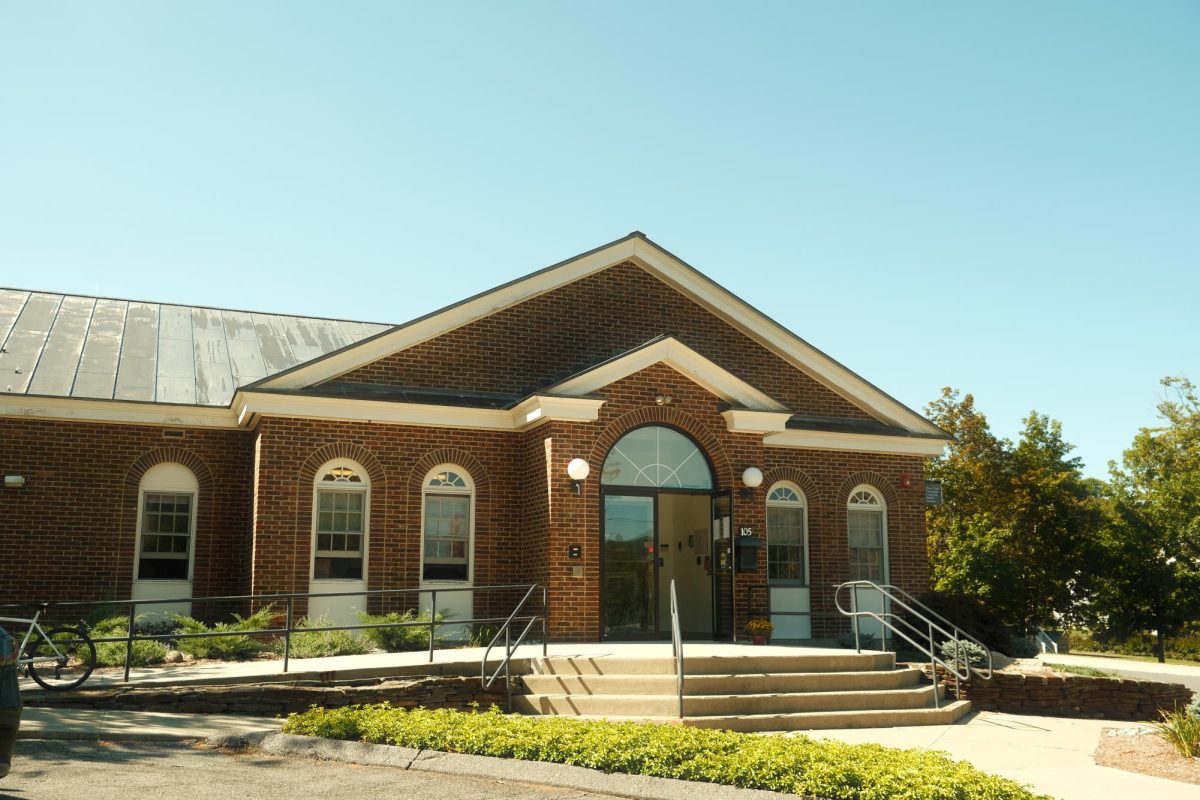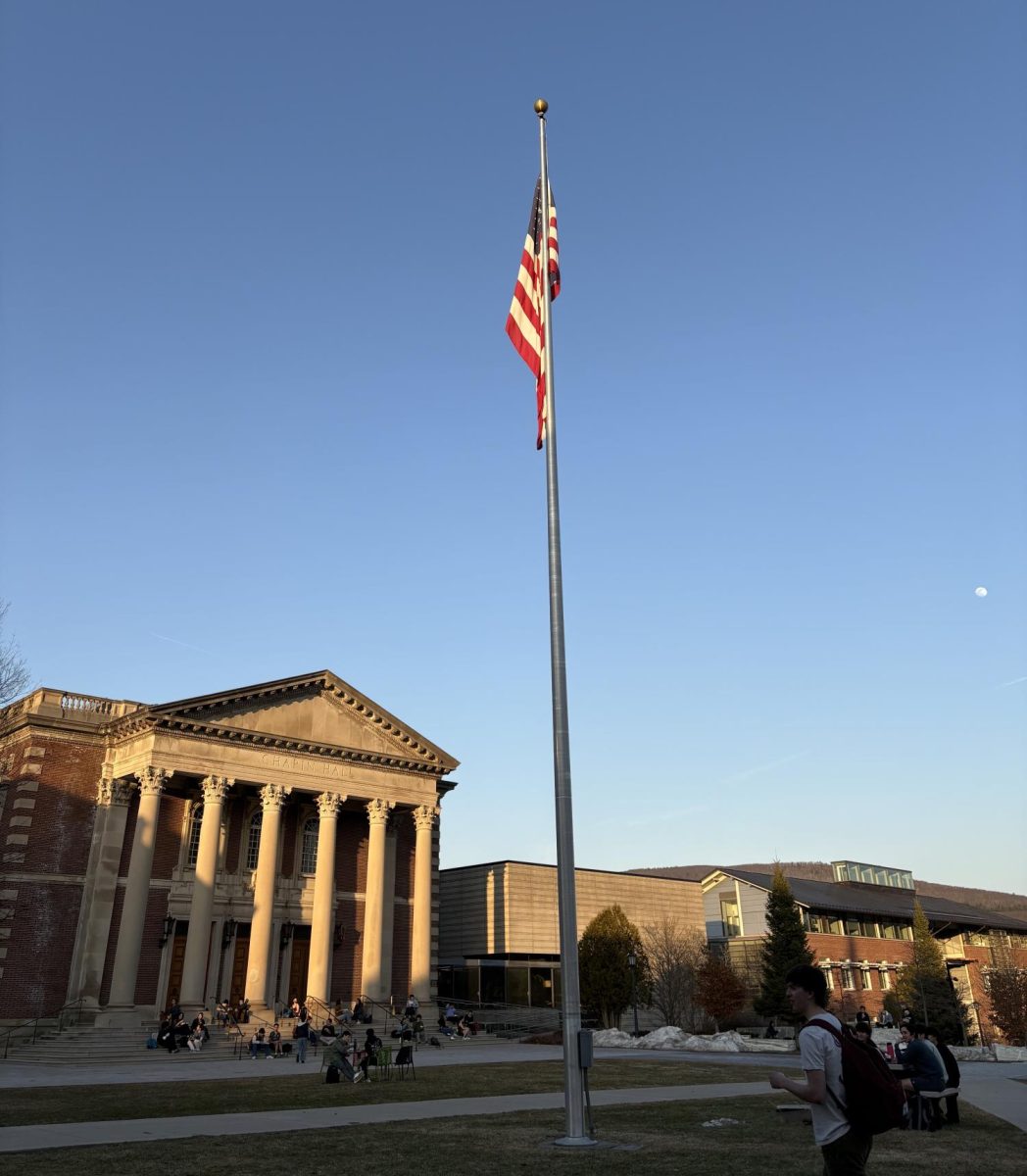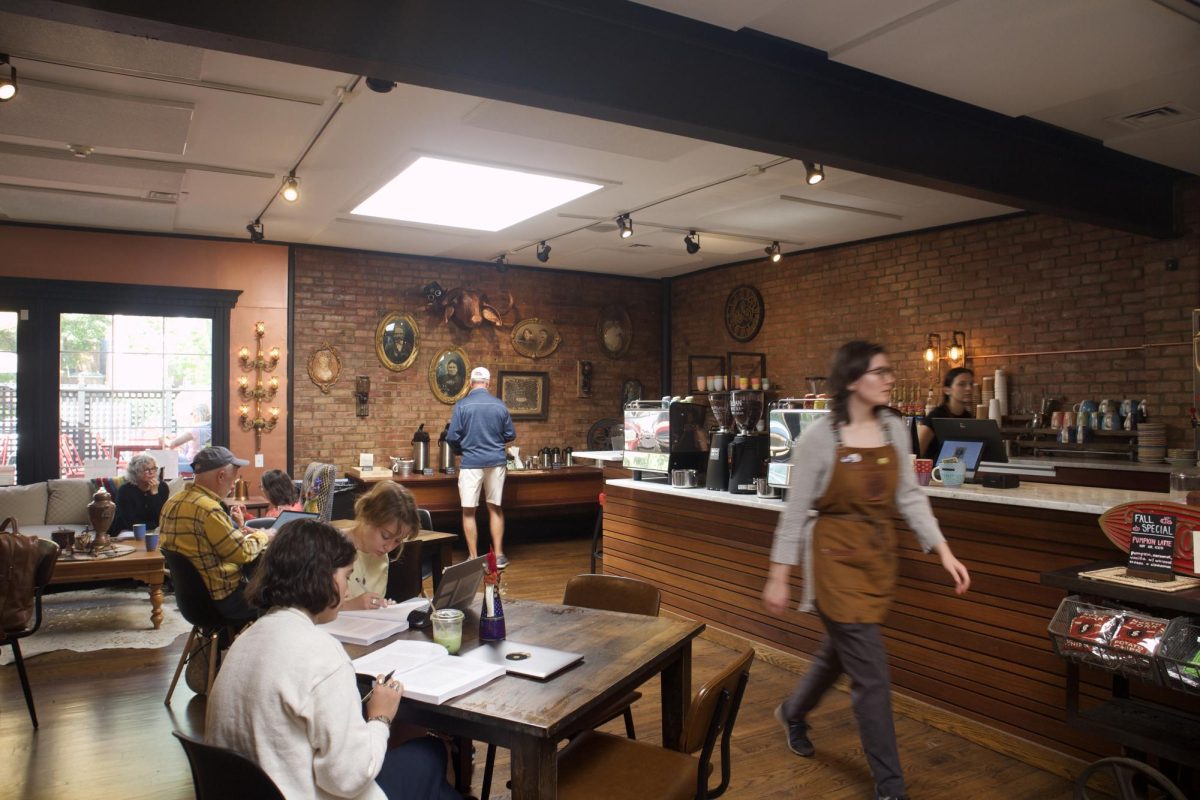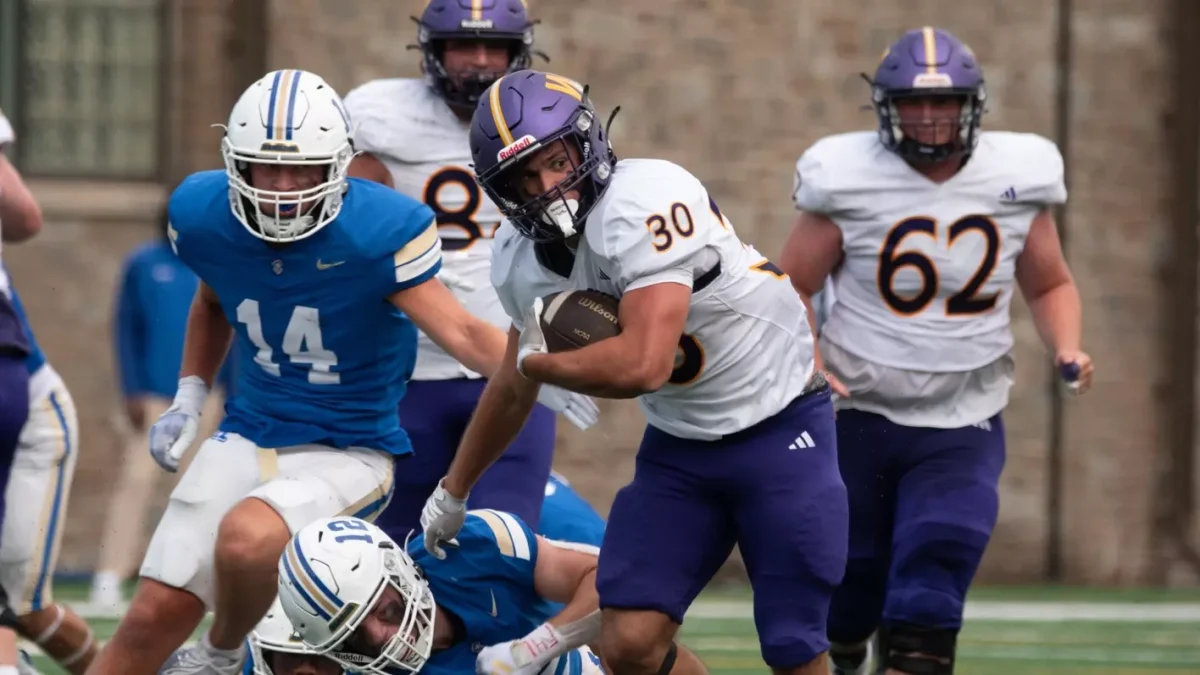Notes from a fat b*tch: On Williams’ fatphobia, anti-Blackness, and ableism
March 3, 2021
Content warning: This article includes the discussion of disordered eating habits and body dysmorphia.
Williams College is fatphobic. And it’s fatphobic because it is ableist and anti-Black; just as well, it is ableist and anti-Black because it is fatphobic. These systems all converge upon each other, and precisely and insidiously affect every facet of my life at Williams.
If your first response to the above statement is to say that I should try losing weight, then I am going to kindly ask you to close this article and walk away; you do not have the range for this conversation. If your first response, though, is not to say I should lose weight, or if you are willing to move past the inclination to give that horrible advice and truly engage in a critical conversation about fatphobia as a systemic issue, then do stick with me, dear reader, and let’s unpack it together. This article will not address every way that this college is fatphobic — instead, it is continuing a larger conversation about fatphobia that many other scholars, authors, and activists have already started.
My body, and other bodies like mine, deserves respect in all of its iterations — healthy, unhealthy, fat, not so fat. My body deserves respect because I am living in it and because my humanity is not determined by how well my body answers to the demands of a system, or how well I can sacrifice scraps of my flesh when I inevitably fail to reach such standards. And yet, the College relies on such a sacrifice to reify itself, down to the very architecture of the school.
I invite you now, reader, to think about the architecture. Pull it up in your mind’s eye. Not just simply the grand buildings, or the new science building, or even the godforsaken marble slabs. Think of the aisleways in lecture halls. Think of the seating in Chapin Hall. Think of the furniture in your common room, or in your bedroom. Now imagine — or, if this does happen to you, then remember — that these aisles force you to pivot to your side and shimmy down them rather than walking through them with ease. You cannot get through a single performance in Chapin (you know, when they were still happening there) without getting out of your seat because the chair is pinching and nipping at your thighs, and is begging you to extricate yourself because it is not built wide enough for you. Imagine that you cannot work at your desk in your room because it won’t fit your legs. Imagine turning the wrong way in bed and falling out of it at least once a week. This is my and other fat folks’ reality. The furniture and smaller features of the College squeeze out fat bodies, rejects them, and ultimately reminds fat folks that the school is not built for them.
The architecture of Williams is so important for me to thoroughly describe because it is the most tangible way to grasp Williams’ fatphobia problem, and how it is connected to anti-Blackness, ableism, and white supremacy at large. This school did not simply forget that fat folks exist and very well may attend, work at, and otherwise occupy Williams spaces. The institution deliberately did not build spaces that are comfortable for anyone with an above average Body Mass Index (BMI) — an index that was invented by Adolphe Quetelet, a mathematician whose work was concerned with defining the characteristics of the “average man” and is steeped in phrenology, a racist pseudoscience. Williams, like the BMI, comprises spaces that are designed for Quetelet’s “average man,” who is not only thin, but is also white, privileged, and a perfect fit for Williams College — unlike me with my Blackness, chronic pain, and morbidly obese BMI.
Understanding how the spaces at Williams are constructed allows space for a critique of the culture that these spaces incite. This culture is what makes it socially hard to be fat at this school. It is a culture caught up in whiteness and what is (solely) considered healthy for a thin and white body. It is a culture caught up in toxic athleticism. It is a culture where considering joining a sports, dance, or even a cappella group on campus means questioning if you even have a chance of getting in because of how big you are and the assumptions that come with that bigness. In short, it is a culture that is embedded in fatphobic ideals of regulating the bodies that move through Williams’ spaces.
This fatphobia is connected to the school’s anti-Blackness, ableism, and allegiance to white supremacy because fatphobia is a system that, like these other systems, is formed around the desire to control bodies marked as other. The laziness that keeps the school from becoming ADA compliant is the same laziness that creates and requires fat discomfort. The urge to monitor and police Black folks on this campus is the same urge to monitor fat folks. This is an urge that literally sustains Williams. Because what would it really cost Williams to alter the furniture in dorm rooms, or seriously address the toxic athletic culture? Or even make every building on this campus accessible or actually address systemic racism (starting with the school’s namesake and history)? A few hundred thousand, a million or so? Williams would rather save that money in its “rainy day” fund.
And what does it cost me to live at a college that relies on my discomfort to save a few dollars? A lifetime of trauma and perhaps a reignited eating disorder from high school, it seems.
Bret Hairston ’21 (they/them) is an English major and Africana studies concentrator from Columbus, Ohio.








